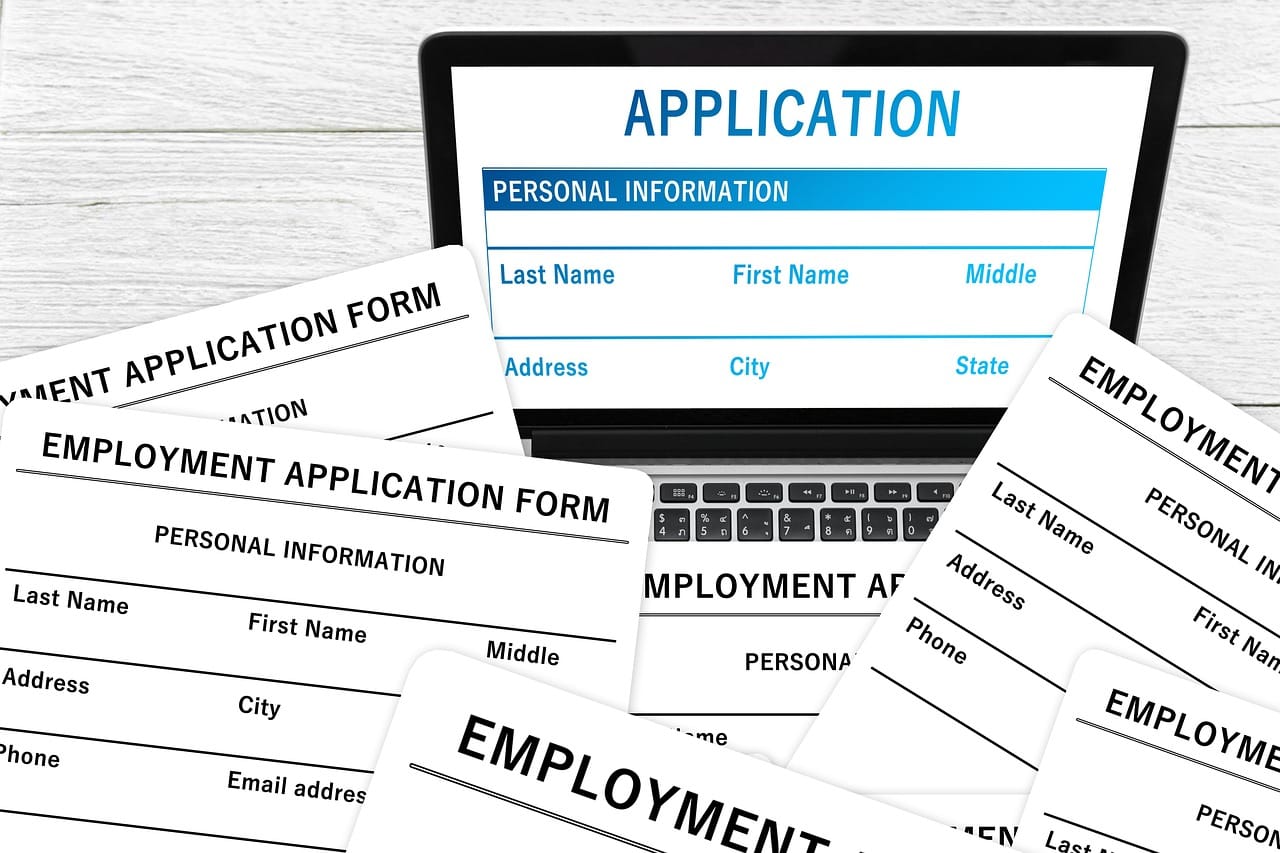How to Find a Remote Job After a Layoff in 2025
Summary
Laid off in 2025? You can still land a remote job if you stay strategic. Start by resetting emotionally and financially, refresh your resume for remote roles, use vetted platforms like FlexJobs, avoid mass-applying, and tap into support communities. Momentum matters more than volume.
Why Remote Job Hunting Is Tough Right Now
The remote job market is tighter than it was during the 2020–2022 boom. With more companies pushing for RTO (return to office) and increased layoffs in tech, marketing, and ops, remote roles are more competitive. Employers are looking for proven async collaborators, not just “open to remote.”
Compounding this, job boards are flooded with low-quality listings. Many candidates are unknowingly applying to expired or duplicate posts. A strategic approach is non-negotiable in 2025. You must understand how hiring funnels work, what remote-first companies actually value, and how to stand out with clarity and consistency.
Remote-friendly companies are no longer just looking for technical skill; they expect cultural and operational fit. They want self-managers who can deliver in ambiguous environments, communicate asynchronously, and drive value without being micromanaged.
1. Start With an Emotional & Budget Reset
After a layoff, emotions run high. Take a pause. Review your expenses, check for unemployment benefits, and set a realistic timeline for your next role. Mental clarity improves application quality.
Join layoff support groups on Slack, Discord, or LinkedIn — they often share openings, host mock interviews, and provide accountability. Communities like r/Layoffs or industry-specific Discords are goldmines for morale and job leads.
Also, build a post-layoff checklist. Include items like COBRA/insurance options, emergency budget adjustments, and skill gap assessments. Once you’re stabilized, your job search becomes more proactive, not reactive.
2. Update Your Resume for Remote-First Hiring
Recruiters are scanning for remote fluency. Highlight tools (e.g., Slack, Notion, Zoom), async experience, and distributed collaboration. Add a brief summary that shows you’re remote-ready: “3+ years in distributed teams across time zones.”
Remove vague terms like “team player” and replace with results: “Led a remote content team that boosted traffic by 42% in 6 months.”
If you’ve done any side work — freelance, volunteering, consulting — make sure it’s listed. Employers respect continuity. Even two hours a week mentoring in a bootcamp counts.
Use modern resume formats with clean layout and PDF-friendly fonts. And always tailor your resume headline and bullet points to the specific job’s responsibilities.
3. Use Vetted Platforms Like FlexJobs
Not all job boards are created equal. FlexJobs curates scam-free listings with verified employers. While it requires a subscription, it’s efficient during active search phases. Set up alerts by role, industry, and flexibility type.
Other niche platforms: We Work Remotely, Himalayas, Working Nomads, and Jobspresso. But FlexJobs still leads for consistency, filters, and coaching perks. Its advanced search filters save time, and its optional resume reviews can fix unseen issues that block callbacks.
See our full breakdown: Is FlexJobs worth it in 2025? →
Also, join curated newsletters like Remote OK’s daily feed, or community-backed ones like NoDesk’s job alert digest. These expose you to opportunities outside the standard LinkedIn/Indeed circuit.
4. Don’t Mass Apply — Go Deep Instead
Spray-and-pray doesn’t work in 2025. Reddit job seekers consistently note higher response rates when they apply to fewer, highly tailored roles. Aim for 10–20 applications per week, max.
Use templates, but customize intros. Mention the company’s remote culture, recent projects, or values. Let them know you’re intentional, not desperate.
To stand out, include a short video intro or project portfolio link if the role involves content, tech, or design. You can also link a personal blog post or case study if it reflects relevant expertise.
And don’t forget the post-application step: polite follow-up. Waiting 5–7 business days before checking in shows professionalism and continued interest.
5. Practice, Engage, and Stay Visible
Treat job hunting like a job. Set weekly goals: # of applications, hours networking, mock interviews. Add volunteer projects or freelance gigs if gaps persist.
Post consistently on LinkedIn. Comment on hiring manager posts, engage in niche subreddits like r/digitalnomad, and attend virtual job fairs. Visibility beats silence.
🚀 FlexJobs Subscription
Curated remote job board with premium listings.
30% off for RWC readers – $29.95.
Get This Deal
🚀 Avast Premium Security
Security suite to keep your remote work devices protected.
Save up to 40% today – $39.99.
Get This Deal
🚀 NordVPN Subscription
VPN for secure remote work connections and privacy.
Up to 63% off annual plans – $59.88.
Get This Deal
Create a content trail that shows you’re active in your field. For instance:
- Share a short post reflecting on lessons from your layoff
- Publish a resource list of your favorite remote tools
- Share past wins and ask for feedback from your network
These signals can trigger warm outreach or passive opportunities.
6. Build a Target List of Remote-First Employers
Don’t just rely on job boards. Build a custom list of 15–20 companies that:
- Have a remote-first or remote-friendly culture
- Fit your values and expertise
- Recently raised funding or announced hiring
Examples: Basecamp, Doist, Zapier, Buffer, Help Scout.
Use Crunchbase or news alerts to identify companies with positive hiring signals. Follow them on LinkedIn and bookmark their careers page.
Then craft custom pitches. Even if no open role is listed, a well-aimed cold email can get you on their radar.
Download Our Remote Job Sprint Checklist
Need a focused plan? Grab our Remote Job Hunt Sprint Checklist to organize your week, track progress, and stay on target. We may earn a commission if you purchase tools we recommend.
Frequently Asked Questions After Layoff
How long does it take to land a remote job after a layoff?
Most laid-off professionals land within 3–6 months if actively applying and networking. But timelines vary based on field, portfolio, and market conditions.
Can volunteering help me find a new role?
Yes. It fills resume gaps, boosts confidence, and creates new connections. Volunteer work in your domain also builds case studies you can show in interviews.
Should I apply to many jobs at once?
No. Prioritize quality over volume. Tailored applications win more interviews. Sending 10 optimized apps beats 50 generic ones.
Are remote-specific platforms worth it after a layoff?
Yes — they save time, reduce scam exposure, and give better filters for your needs. FlexJobs, in particular, has strong vetting processes.
How do I explain my layoff in interviews?
Be honest but concise: “My role was impacted by a department-wide restructure in Q1 2025. Since then, I’ve upskilled and focused on finding a better long-term fit.”







